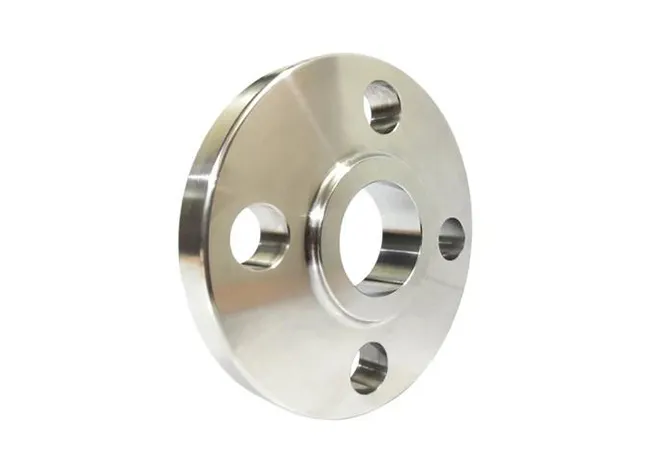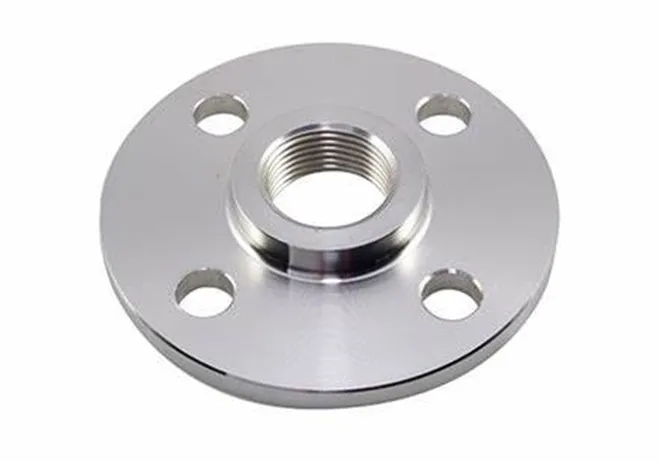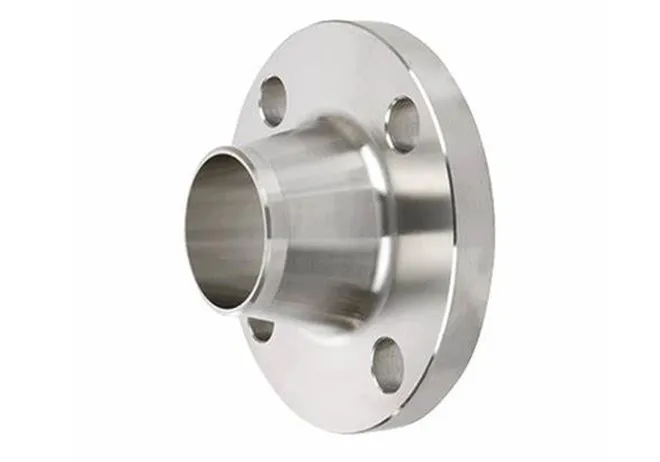-
Cangzhou Yulong Steel Co., Ltd.
-
Phone:
+86 13303177267 -
Email:
admin@ylsteelfittings.com
- English
- Arabic
- Italian
- Spanish
- Portuguese
- German
- kazakh
- Persian
- Greek
- French
- Russian
- Polish
- Thai
- Indonesian
- Vietnamese
- Zulu
- Korean
- Uzbek
- Hindi
- Serbian
- Malay
- Ukrainian
- Gujarati
- Haitian Creole
- hausa
- hawaiian
- Hebrew
- Miao
- Hungarian
- Icelandic
- igbo
- irish
- Japanese
- Javanese
- Kannada
- Khmer
- Rwandese
- Afrikaans
- Albanian
- Amharic
- Armenian
- Azerbaijani
- Basque
- Belarusian
- Bengali
- Bosnian
- Bulgarian
- Catalan
- Cebuano
- China
- China (Taiwan)
- Corsican
- Croatian
- Czech
- Danish
- Esperanto
- Estonian
- Finnish
- Frisian
- Galician
- Georgian
- Kurdish
- Kyrgyz
- Lao
- Latin
- Latvian
- Lithuanian
- Luxembourgish
- Macedonian
- Malgashi
- Malayalam
- Maltese
- Maori
- Marathi
- Mongolian
- Myanmar
- Nepali
- Norwegian
- Norwegian
- Occitan
- Pashto
- Dutch
- Punjabi
- Romanian
- Samoan
- Scottish Gaelic
- Sesotho
- Shona
- Sindhi
- Sinhala
- Slovak
- Slovenian
- Somali
- Sundanese
- Swahili
- Swedish
- Tagalog
- Tajik
- Tamil
- Tatar
- Telugu
- Turkish
- Turkmen
- Urdu
- Uighur
- Welsh
- Bantu
- Yiddish
- Yoruba

Dec . 05, 2024 09:30 Back to list
ANSI Flange Pressure Rating: What You Need to Know for Safe Operations
ANSI flanges play a critical role in industrial applications, providing reliable connections between piping systems and components. One of the most crucial factors to consider when selecting ANSI flanges is their pressure rating. This article will explore what flange pressure ratings are, how they impact system design, and what you need to know to ensure safe and efficient operations.
What is ANSI Flange Pressure Rating?
The ansi class flanges pressure rating refers to the maximum pressure a flange can withstand without failure during operation. This rating is determined based on the flange’s material, size, and the class or pressure level defined in ANSI standards. Flanges are available in different pressure classes, each with its own limits, which are crucial for ensuring the flange can handle the operating conditions of a given system.
The pressure rating is typically indicated in terms of pounds per square inch (psi) and is associated with specific temperature ranges. For example, ANSI flanges with a class rating of 150, 300, or 600 correspond to different maximum pressure capacities, which must be matched with the operating conditions of the system.
Understanding Pressure Class Ratings About ANSI Flange
ANSI flanges are assigned to pressure classes, which reflect their capacity to withstand internal pressure. The most common pressure class ratings for ANSI flanges include Class 150, Class 300, Class 600, and higher. These classes determine the maximum allowable working pressure (MAWP) based on both the size of the flange and the material used.
Class 150 flanges, for instance, are typically used in systems with moderate pressure requirements, while Class 600 flanges are designed for high-pressure systems. As the class number increases, so does the flange's ability to handle higher pressures. However, it’s essential to consider more than just the pressure rating—temperature and environmental conditions also play a role in determining the overall strength and safety of the connection.
Factors Affecting ANSI Flange Pressure Ratings
While the pressure class provides an initial estimate of a flange’s capabilities, several factors can affect the actual performance of the flange in a system. These factors include:
Material Type: The material from which a flange is made significantly influences its pressure rating. For example, flanges made from carbon steel typically have lower pressure ratings compared to those made from stainless steel or alloys designed for high-stress environments.
Temperature: Temperature is one of the most important considerations when evaluating a flange's pressure rating. Most flanges are rated for specific temperature ranges. Higher temperatures can weaken materials and reduce the maximum allowable pressure the flange can handle. Always refer to the pressure-temperature charts provided by ANSI or the manufacturer to ensure you select a flange rated for your operational temperatures.
Size of the Flange: The diameter and thickness of the flange also play a role in its pressure rating. Larger flanges generally have a higher capacity for pressure, but their design and the material used must still align with system requirements.
Bolt Torque: Proper bolt torque is critical for ensuring the integrity of the flange under pressure. If bolts are not tightened adequately, the flange may not create a proper seal, which could lead to leaks or even failure under pressure. Therefore, it’s essential to apply the correct bolt torque based on the flange size and pressure rating.
How to Select the Right ANSI Flange Pressure Rating for Your System
Choosing the appropriate pressure rating for an ansi pipe flange is vital to the safe and efficient operation of any pipeline or system. Here are some guidelines to help with the selection process:
Identify Operational Pressure: Understand the maximum operating pressure of your system. This is the baseline for selecting a flange pressure class. The system should not exceed the rated pressure class of the flange at any point during normal operations.
Consider Temperature Variability: Since temperature affects the pressure rating, ensure you account for both peak and low-temperature conditions in your system. If your system experiences fluctuating temperatures, consider using a flange with a higher pressure rating to accommodate these changes.
Ensure Proper Material Compatibility: Match the flange material to the operating environment. Flanges made from corrosion-resistant alloys may be needed for systems that carry aggressive fluids or operate in high-humidity or corrosive environments.
Account for Safety Margins: Always allow for a safety margin when selecting flanges. It’s best to select a flange with a pressure rating that exceeds your system's maximum pressure to account for unforeseen surges or fluctuations in pressure.
Importance of Pressure Rating in Ensuring System Safety About ANSI Flange
The pressure rating of an ANSI flange is directly related to the safety of the system. Choosing a flange with the correct pressure class helps prevent dangerous failures, leaks, and system breakdowns. Flange failure can result in costly repairs, downtime, and safety hazards, including catastrophic accidents in extreme cases.
Proper pressure ratings also help maintain the integrity of the entire piping system. When flanges and other components are selected based on their pressure ratings, the system can operate at optimal efficiency without overloading any part of the system. Regular inspections and maintenance of ANSI flanges also contribute to their longevity and the continued safety of the system.
Latest news
-
ANSI 150P SS304 SO FLANGE
NewsFeb.14,2025
-
ASTM A333GR6 STEEL PIPE
NewsJan.20,2025
-
ANSI B16.5 WELDING NECK FLANGE
NewsJan.15,2026
-
ANSI B16.5 SLIP-ON FLANGE
NewsApr.19,2024
-
SABS 1123 FLANGE
NewsJan.15,2025
-
DIN86044 PLATE FLANGE
NewsApr.19,2024
-
DIN2527 BLIND FLANGE
NewsApr.12,2024
-
JIS B2311 Butt-Welding Fittings LR/SR 45°/90° /180°Seamless/Weld
NewsApr.23,2024















